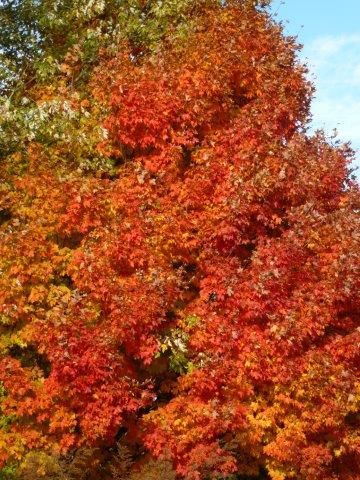
As the harvest season slows considerably, the autumnal colors abound. The changing colors of the foliage on the trees is in fact, their preparation for winter. Leaves contain three pigments, which are natural substances that give them their color. The first, chlorophyll, is green and is necessary for photosynthesis, which is how trees use sunlight to produce food–green foods like broccoli, spinach, and kale contain chlorophyll. Carotenoids give orange and yellow colors to leaves as well as carrots, winter squash and corn. Both chlorophyll and carotenoids are present in leaves throughout the growing season, however the chlorophyll dominates and covers the carotenoid so we don’t see the yellow and oranges in the summer; this happens when chlorophyll production slows in the fall. The third color, red, is created by anthocyanins, which are present in beets, cherries, cranberries and strawberries. Some trees cannot make anthocyanins and others need certain conditions in the fall for the red colors to appear.
Trees actually recognize that temperatures are becoming cooler and that days are growing shorter and prepare for the stress of winter. Leaf changes occur due to light, temperature and pH. As daylight decreases, so does the production of chlorophyll, thus the yellow and orange carotenoids, which are not affected by light and weather, begin to show in the autumn leaves. Foliage with carotenoids and no anthocyanins are yellow as displayed on many birch, poplar and aspen trees. Some oak leaves appear brown due to the absence of carotenoids and the presence of tannins. The reds from anthocyanins require light and they are actually a form of protection for the tree. On sunny days, leaves produce sugar, however cool nights prevent the sap from moving back through the veins and through the branches and trunk of the tree. Anthocyanins help the trees retain the sap in the leaves prior to dropping off, which helps the tree to get ready for the next growing season. Bright hues of red, scarlet and crimson like we see on red maples, dogwoods and sumac are due to the presence of anthocyanins. The combination of anthocyanins and carotenoids produces the fiery oranges and orange-gold leaf colors as displayed on sugar maples and some hickories and oaks.
Sunny days allow for the most brilliant displays of color, while a succession of cloudy days will give us more brown and yellow leaves. Although the light plays a large part in the fall color spectacle, the temperature and annual rainfall also affect the leaf colors. Drought may delay color, too much rain will lessen the colors and a harsh freeze can cause leaves to turn brown and fall off early in the season.
While the trunk, roots, branches and twigs of trees can bear freezing temperatures, the leaves are more fragile. Thin leaves filled with sap will freeze, so they need to be shed for the tree’s survival. Therefore as daylight decreases, trees go through a process where they build up a layer of cells at the bottom of the leaf stem (sort of like a tiny cork) also known as the separation layer. This process, called abscission, seals off the leaf stems where they are attached to the twig of the tree, and eventually they fall off.
Leaves float and flutter down on breezes and some fall in massive quantities with wind and rain. The red maple just outside my bedroom window has been glorious for weeks now, however the other night when the temperature dropped below 30 degrees, I awoke to a leafless tree. I’ve been scuffling through leaves for over a month now; I enjoy the sound and the action. I am happy that the leaves are blanketing my herb and vegetable gardens and will insulate them from the winter weather. Fallen leaves decompose and provide new nutrition for the earth as well as become a layer of humus for the woods around me.


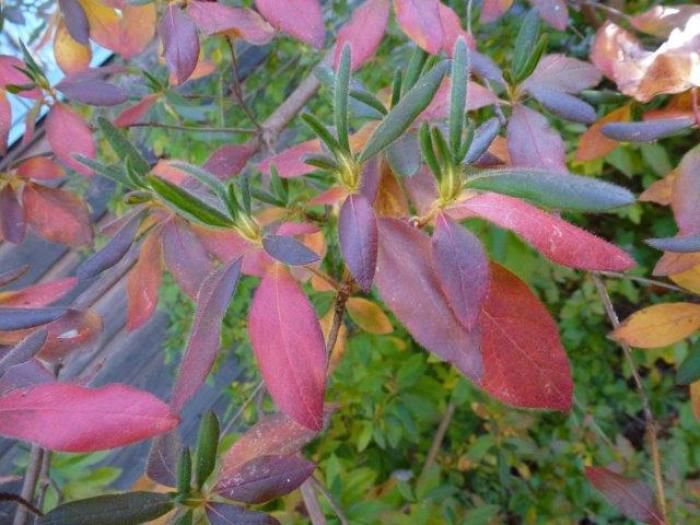
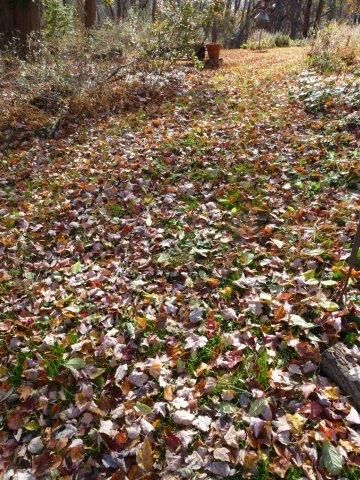
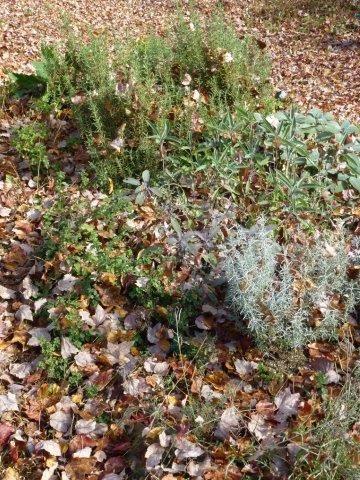

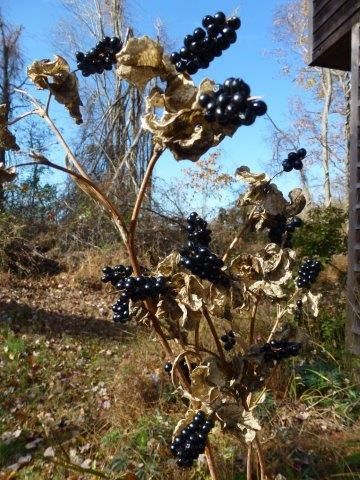
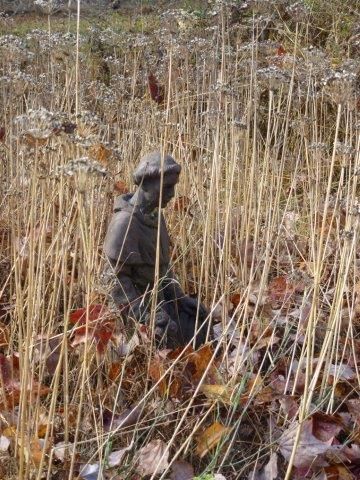
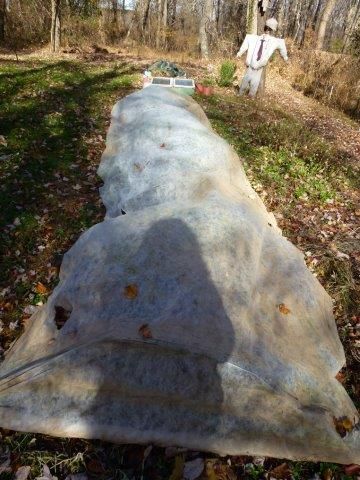
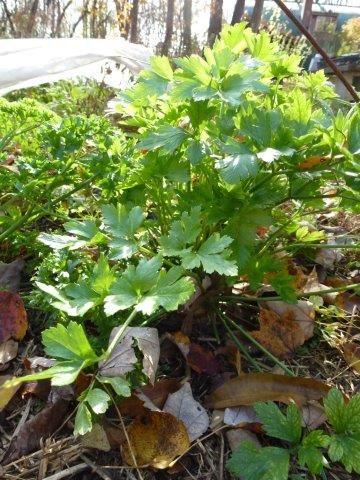
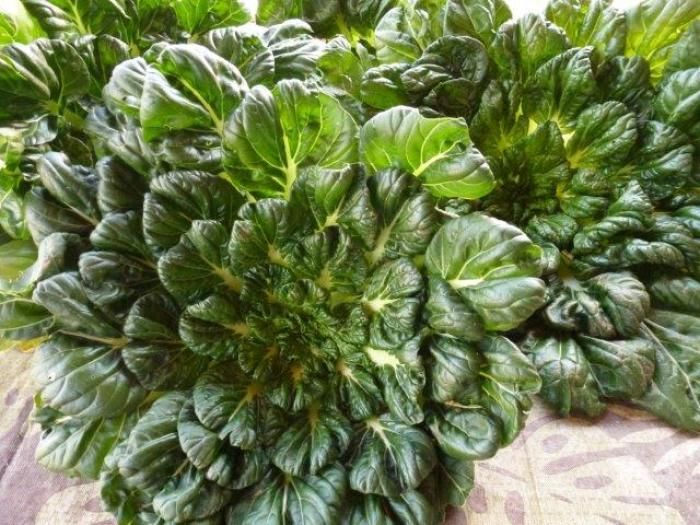


















Comments
Log in or create an account to post a comment.
Sign up Log in